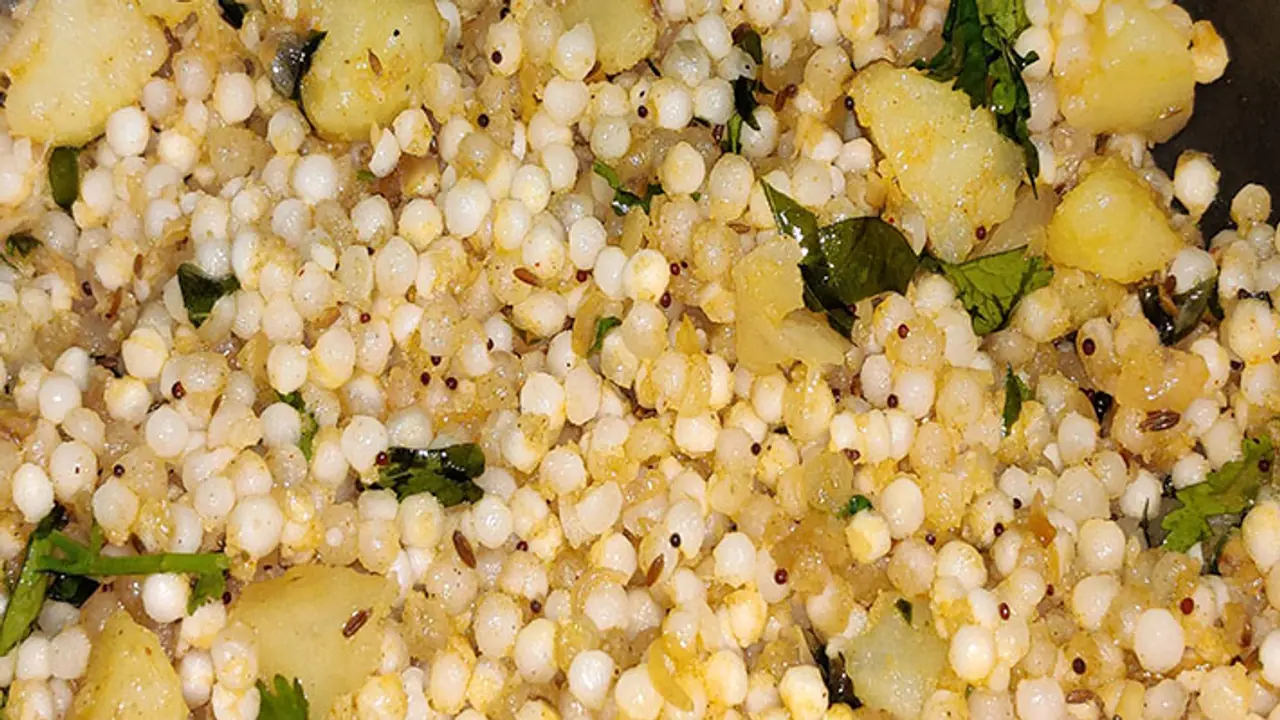As devotees embark on their journey of fasting and devotion during Chaitra Navratri 2024, these dietary guidelines serve as a roadmap, guiding them towards physical purification, spiritual upliftment, and a deeper connection with Goddess Durga.
Chaitra Navratri, a sacred period devoted to honouring Goddess Durga across nine days and nights, begins on Tuesday, April 9, and concludes on April 17, 2024. Devotees observe this occasion with fasting and fervent prayers, paying homage to the nine manifestations of Maa Durga. Central to this observance are the fasting rules that guide adherents in their dietary choices, emphasizing purity, restraint, and devotion.

Let's delve into the dietary do's and don'ts that define the fasting experience during Chaitra Navratri:
What to Eat
1. Fresh Fruits: Fruits play a significant role in Navratri fasting, offering natural sweetness and vital nutrients. Apples, bananas, oranges, pomegranates, and mangoes are popular choices, providing energy and hydration throughout the day.
2. Dairy Products: Milk, yogurt, paneer (Indian cottage cheese), and buttermilk are staples of the Navratri diet. These dairy products offer protein, calcium, and probiotics, nourishing the body and supporting digestive health.
3. Nuts and Seeds: Almonds, walnuts, cashews, and pumpkin seeds are rich sources of essential fats, protein, and micronutrients. They provide satiety and sustained energy, making them ideal snacks for fasting days.
4. Sabudana (Tapioca Pearls): Sabudana is a versatile ingredient commonly consumed during Navratri fasting. Whether in the form of khichdi (a savory dish), vada (fried snack), or kheer (pudding), sabudana provides carbohydrates and a delightful texture to fasting meals.
5. Buckwheat and Amaranth: Buckwheat flour (kuttu) and amaranth flour (rajgira) are gluten-free alternatives to wheat, often used to make chapatis, puris, and pancakes during Navratri. These grains are nutritious and easy to digest, making them suitable for fasting.
6. Vegetables: Certain vegetables like potatoes, sweet potatoes, pumpkin, and bottle gourd are permitted during Navratri fasting. These vegetables add variety, flavor, and essential vitamins to meals, enhancing their nutritional value.
What to avoid
1. Non-Vegetarian Foods: Devotees abstain from consuming meat, fish, and eggs during Navratri, adhering to a vegetarian diet as a mark of reverence for the divine.
2. Onion and Garlic: Many followers choose to exclude onion and garlic from their meals during Navratri, as these ingredients are believed to disturb the equilibrium of energy in the body.
3. Certain Grains: Wheat and rice are typically avoided during Navratri fasting, with alternatives like buckwheat, amaranth, and tapioca being preferred for their purity and suitability for fasting.
4. Processed Foods: Packaged snacks, refined flour products, and processed foods are discouraged during Navratri fasting due to their low nutritional value and potential to disrupt the fasting experience.
5. Alcohol and Stimulants: Consumption of alcohol, caffeinated beverages, and stimulants is prohibited during Navratri fasting, as they detract from the sanctity of the observance and may hinder spiritual clarity.
As devotees embark on their journey of fasting and devotion during Chaitra Navratri 2024, these dietary guidelines serve as a roadmap, guiding them towards physical purification, spiritual upliftment, and a deeper connection with Goddess Durga. Through mindful choices and unwavering dedication, believers seek to honor the divine and reap the blessings of this auspicious period.
